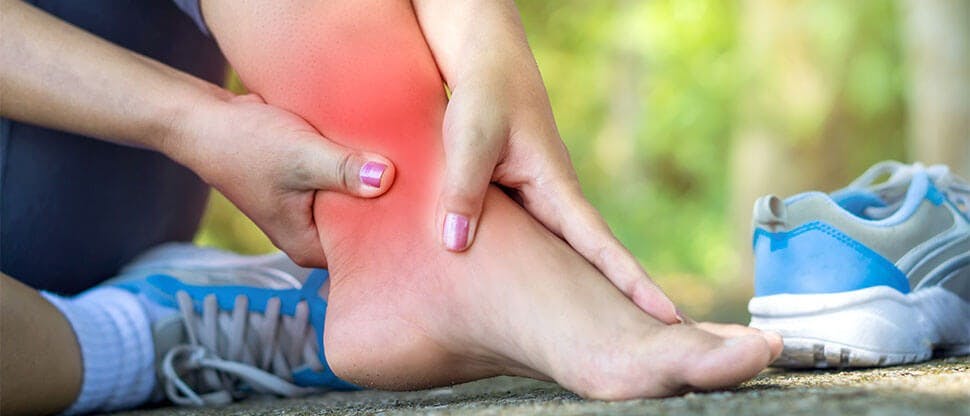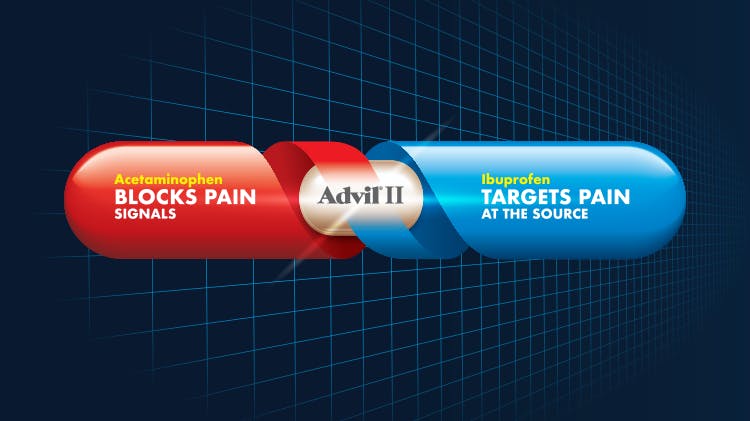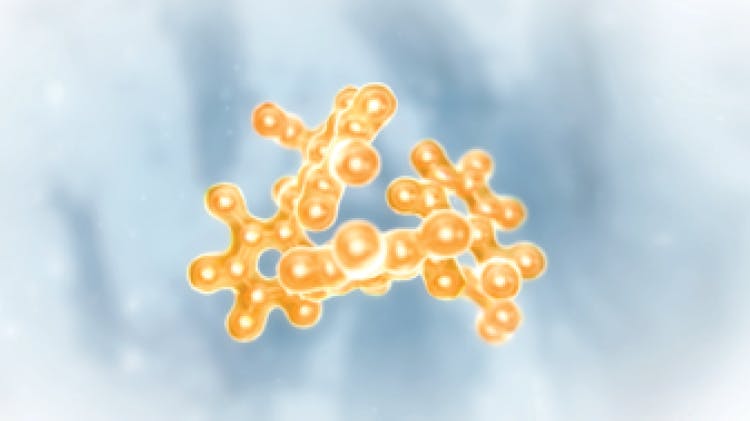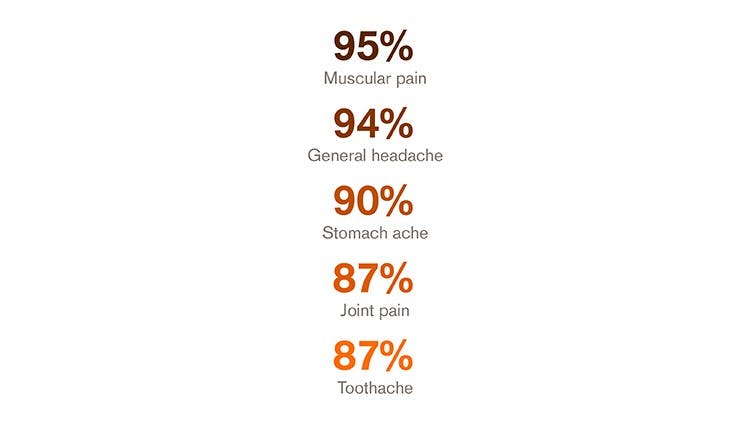Sprains and Strains: Overview

Sprains and Strains: Overview
Sprains and strains are two common types of soft-tissue injuries that can vary severity.1
A sprain is a stretching or tearing of a ligament whereas a strain is an injury to a tendon or muscle.2 Ligaments, tendons, and muscles are the most common sites of soft tissue injury in the body.1 What differentiates sprains and strains is the tissue that is injured: a sprain affects the bands of tissue that connect two bones whereas a strain affects muscle or the band of tissue attaching muscle to bone.3
Sprains: Causes, Symptoms, Where They Occur
Sprains occur when a ligament is stretched and/or torn.2 It is possible to injure multiple ligaments at one time.2 The severity of a sprain is determined by the number of ligaments affected and the intensity of the injury—whether the tear is partial or complete.2
You can judge the severity of a sprain in the gradient as follows:1
Grade 1:
- Mild
- Minor stretching and/or damage to ligament fiber
Grade 2:
- Moderate
- Partial tear in ligament
- Abnormal laxity in joint
Grade 3:
- Severe
- Complete ligament tear that may cause noticeable instability
The most common sites of sprain you may see in patients are the knee, ankle, and wrist, but they can occur in both the upper and lower areas of the body.2
Ankle sprains typically result from an inversion injury that damages the ankle joint’s lateral and/or medial ligaments.2 This injury can occur during physical activity such as running, turning, falling, or landing on the ankle after jumping.2
Knee sprains most often occur after a trauma such as receiving a blow to the knee, falling, or suddenly twisting the knee joint.2
Wrist sprains generally result from a torn ulnar collateral ligament of the metacarpophalangeal joint.2 This tearing can occur after falling and landing on an outstretched hand or during a sport like skiing.2
Sprain symptoms in patients may vary and can differ depending on the severity of the injury. Symptoms may include pain, swelling, bruising, instability, and loss of functional ability.2
Strains: Causes, Symptoms, Where They Occur
Strains are injuries to muscles or tendons that can be partial or complete.2 Strains may be acute or chronic, depending on the situation.2 Acute strains may occur when a person lifts something heavy or overstresses a muscle, but may also be caused by a more severe injury or trauma. A chronic strain will develop due to prolonged and repetitive overuse of a muscle or tendon.2
Strains are common in the back, hamstring, hand, forearm, and elbow. Specific sports and activities tend to result in different sprain sites. Back and hamstring muscle sprains are often caused by regular participation in contact sports including soccer, hockey, boxing, football, or wrestling.2 Forearm and hand strains are typical in those that participate in activities that involve gripping such as tennis, rowing, gymnastics, or golf.2 Elbow strains can occur after throwing, playing racquet sports, or participating in contact sports.2
If a strain is severe and a tendon or muscle is partially or completely torn, it can be a painful experience that disables use of the area.2 Less severe strain symptoms tend to include pain and general weakness at the site of the injury.2
In addition to pain, strain symptoms may also present as the following:2
- Muscle spasms
- Cramping
- Inflammation
- Loss of muscle function
- Muscle weakness
- Localized swelling
- Limited motion
Helping patients prevent sprains and strains
There are a number of lifestyle adjustments that can be made to help avoid soft-tissue injuries like sprains and strains. Eliminating risk factors such as wearing properly-fitting footwear can reduce the risk of injury and engaging in regular stretching and strengthening exercises can help maintain healthy joints in the long term.3
Learn more about sprains and strains causes, management, and check out facts and statistics from Haleon HealthPartner.
Learn more
Products
Find out how our class-leading treatments can help your patients manage their everyday pain.
Patient care resources
Access educational resources to share with your patients to help them have a better understanding of their pain condition.
Join the Pain-Relief Community

A duo of MOAs that fight pain together
Ibuprofen and acetaminophen work together to help target pain directly, while blocking pain signals.
Learn more

How does Voltaren® Arthritis Pain gel OTC relieve pain?
The science behind Voltaren® Arthritis Pain and its MOA.
Frequently Asked Questions
A resource to help answer common questions about Advil® DUAL ACTION.


